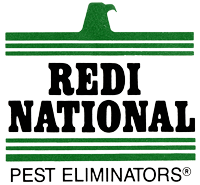Can Spider Web Removal Help Allergy Sufferers?
Allergies can dramatically impact daily life, leading to discomfort and sometimes debilitating symptoms for those affected. One common yet often overlooked factor that contributes to allergy flare-ups is the accumulation of dust, pollen, and other irritants, which can settle into the nooks and crannies of our homes. Among these irritants, spider webs hold a unique…
